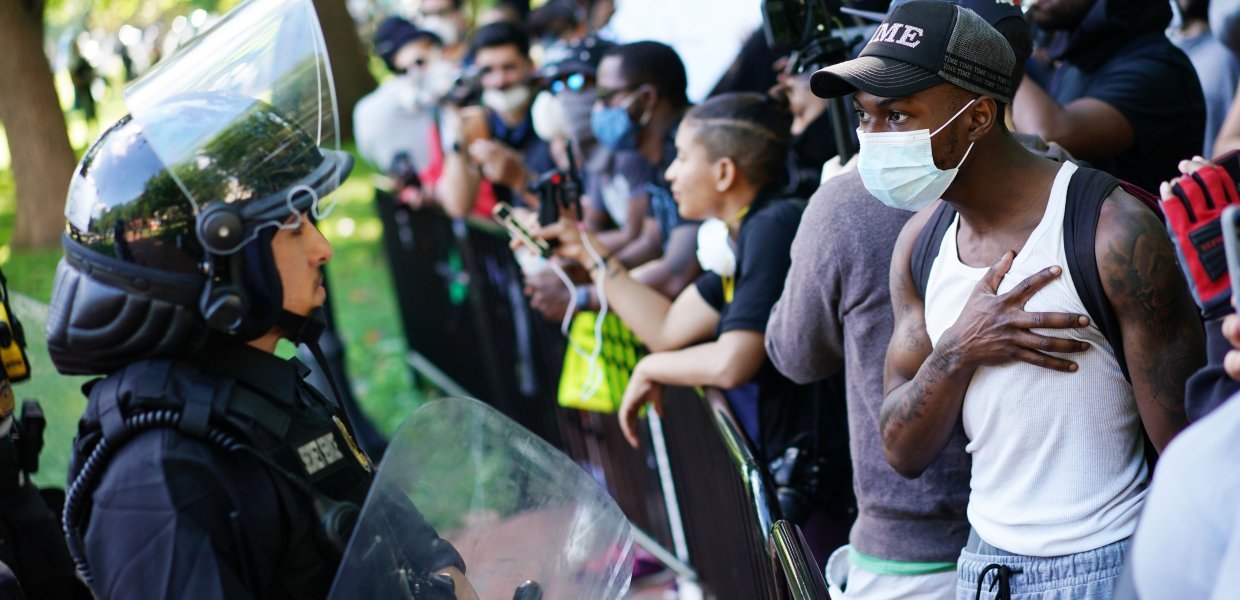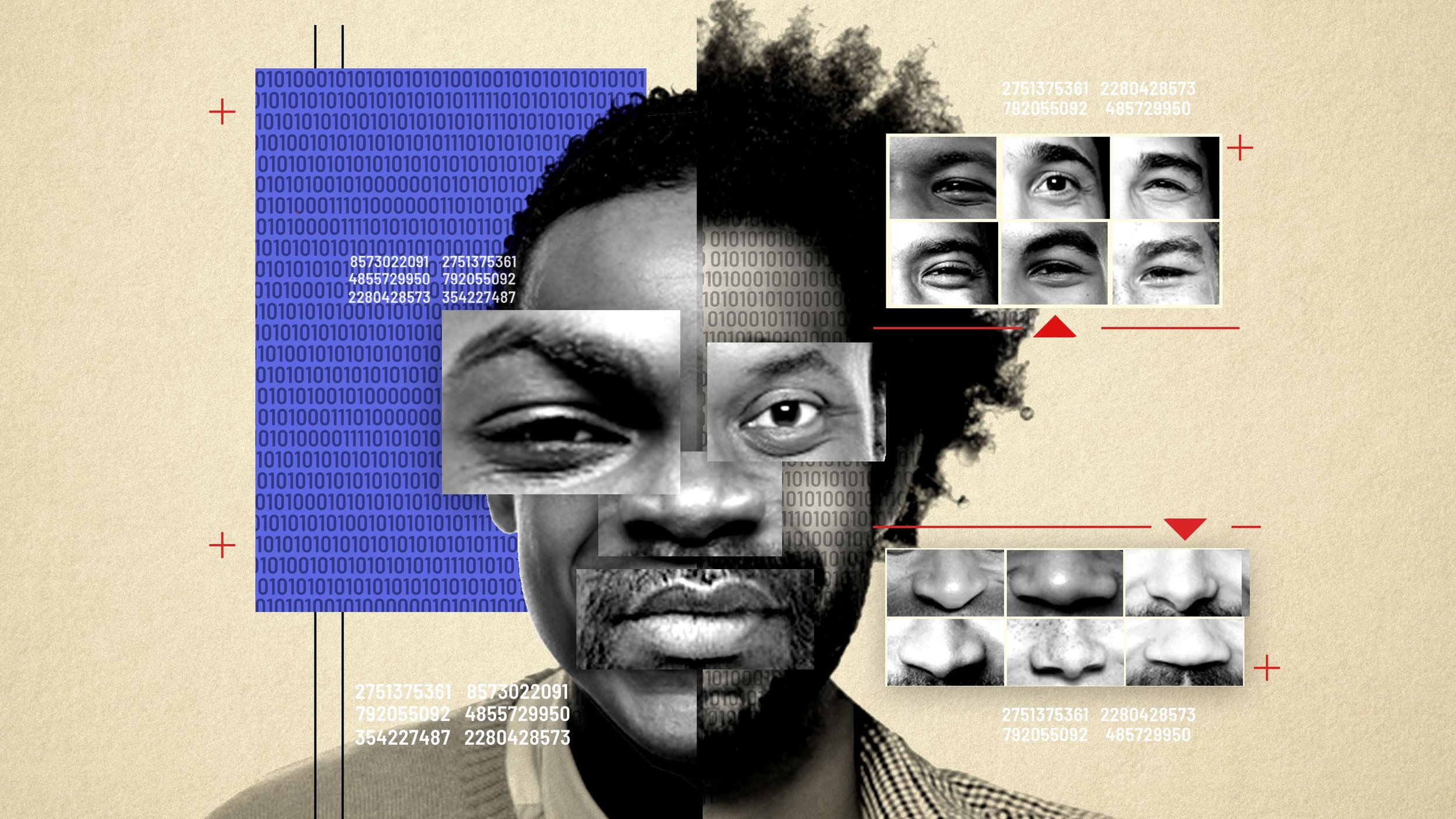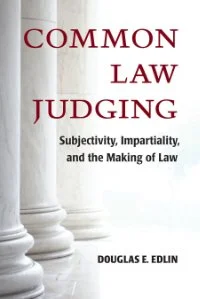By Ihar Paulau
The large growth of the United States’ criminal legal system in the late 20th century brought a widening racial gap in incarceration.1 By the year 2000, Black people made up almost half of the state prison population but only about 13% of the U.S.2 population. And although a wave of changes to sentencing and corrections policies over the past two decades has helped lessen disparities in federal and state prisons, Black adults still were imprisoned in 2020 at five times the rate for White adults.3
Far less is known, however, about racial and ethnic disparities in the country’s approximately 3,000 local jails.4 Bureau of Justice Statistics (BJS) reports show that the gap in the rate of jail incarceration between Black and White people dropped by 22% between 2011 and 2021.5 However, these reports contain no race or ethnicity data on critical topics such as admissions or lengths of stay and little or no information about the severity or types of criminal charges for people in jail either in the aggregate or broken down by race, age, or other demographics.
The lack of detailed and timely data on who is in jail, for how long, and why led The Pew Charitable Trusts to partner with the Jail Data Initiative (JDI), an up-to-date source of data from approximately 1,300 of the nation’s nearly 3,000 jails created by the New York University Public Safety Lab, and the Data Collaborative for Justice (DCJ) at John Jay College, which conducts research to help local-level criminal justice decision-makers identify areas for reform.6 Although JDI is not necessarily nationally representative, it is the only publicly available source of near real-time data featuring a substantial sample of jails throughout the country. Additionally, DCJ collected and analyzed in-depth demographic and offense data for different racial and ethnic groups across jails in three counties—Durham, North Carolina; Louisville-Jefferson County, Kentucky; and St. Louis, Missouri—some of which is unavailable in the JDI database.7
Using the data from JDI, Pew researchers examined race in recent jail populations, admissions, and lengths of stay. Of the JDI data set, 595 jails had data for 2022, and within those facilities, Black people made up, on average, 12% of the local community populations but more than double that, 26%, of the jail populations. Additionally, although the jail population decreased nationally during the early months of COVID-19 in 2020, the previous 10-year trend of declining racial disparities in jails may have reversed as the pandemic progressed. Between March 2020 and December 2022, the average number of White people in jail increased by less than 1% compared with an increase of 8% for Black people in 349 jails from the JDI database that had complete data for that period.
Two factors, how many people go to jail and how long they stay, determine jail populations.8 As of 2022, Black people were admitted to jail at more than four times the rate of White people and stayed in jail for 12 more days on average across the 595-jail sample, contributing to the larger increase in population observed for Black individuals.
The findings from the three counties in the DCJ study reflect similar admissions and length of stay disparities broadly and across several metrics:
In 2019, in all three counties Black people were admitted to jail at a rate at least double—and up to six times—that of White or Hispanic people and spent up to 12 days longer in jail than White people.
Black people were admitted to jail at a higher rate than other groups for both misdemeanors and felonies in all three counties and typically spent the most time in jail for felonies.
Racial disparities in admissions to jail and length of stay were largest among younger adults.
Black men and Black women both had considerably higher admission rates than their White or Hispanic counterparts, but the length-of-stay gap was greater among men than women.
Although the findings in this brief are specific to the jails studied, they nevertheless demonstrate that significant disparities exist in many facilities. However, because jails are local and people are sent to jail for many reasons, identifying and understanding persistent racial and ethnic gaps nationally and at the local level will require further data collection and analysis, as well as collaboration across multiple jurisdictions and data systems. Individual localities may find that the disparities in their jail populations and the factors that influence those gaps are different and will require tailored solutions.
United States, A brief from Pew. 2023, 19pg





















